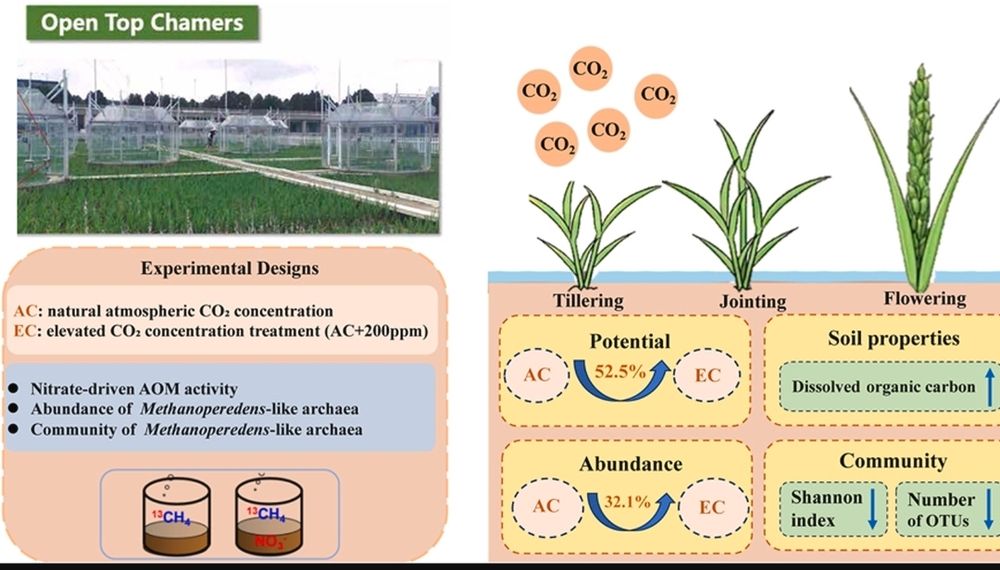
www.sciencedirect.com:5037/science/arti...
www.sciencedirect.com:5037/science/arti...
www.sciencedirect.com:5037/science/arti...

www.sciencedirect.com:5037/science/arti...
www.sciencedirect.com/science/arti...

www.sciencedirect.com/science/arti...
www.sciencedirect.com:5037/science/arti...
www.sciencedirect.com:5037/science/arti...
www.sciencedirect.com:5037/science/arti...

www.sciencedirect.com:5037/science/arti...

• No career limit, current ERCs are not eligible
• Major challenge, transformative research
• Up to 7 million euros, up to 7 years
• 30 grants per year, 2 years, only once per lifetime
• Same application format, plus vision statement
• Deadline in September 2026, 2 stage evaluation

• No career limit, current ERCs are not eligible
• Major challenge, transformative research
• Up to 7 million euros, up to 7 years
• 30 grants per year, 2 years, only once per lifetime
• Same application format, plus vision statement
• Deadline in September 2026, 2 stage evaluation
www.svt.se/kultur/pippi...

www.svt.se/kultur/pippi...

Schokkende feiten, terwijl geweld tegen vrouwen nog vaak wordt goedgepraat.
Dáárom: #orangetheworld🤚🏻
www.orangetheworld.nl

Schokkende feiten, terwijl geweld tegen vrouwen nog vaak wordt goedgepraat.
Dáárom: #orangetheworld🤚🏻
www.orangetheworld.nl

scienceforeveryone.science/bad-mentors-... 🧪

scienceforeveryone.science/bad-mentors-... 🧪
journals.asm.org/doi/10.1128/...

journals.asm.org/doi/10.1128/...

link.springer.com/article/10.1...

link.springer.com/article/10.1...

You will be responsible for guiding the development of this important resource and for curating the SILVA taxonomy🌳and more!
👉 www.dsmz.de/dsmz/career/...
Read and share ‼️
#sciencejobs 🦠🧪 #career #taxonomy

You will be responsible for guiding the development of this important resource and for curating the SILVA taxonomy🌳and more!
👉 www.dsmz.de/dsmz/career/...
Read and share ‼️
#sciencejobs 🦠🧪 #career #taxonomy
www.sciencedirect.com/science/arti...

www.sciencedirect.com/science/arti...
ualberta.scholaris.ca/items/512c6c...
ualberta.scholaris.ca/items/512c6c...

